Understanding Ball Valve Replacement: When and Why It’s Needed
Having the right tools and materials available is very important for changing industrial or residential ball valves. Industrial processes are complex with bigger systems and therefore require specialized tools that can be able to sustain high pressures and more stressful conditions. On the other hand, replacing a resident’s ball valve may be simpler, but it still requires that you choose your tools carefully for safety and functionality reasons. When this requirement is not met during each replacement there is always need to go for a smoother replacement process which can only be achieved by meeting these requirements.
Tools and Materials: Preparing for Your Ball Valve Replacement
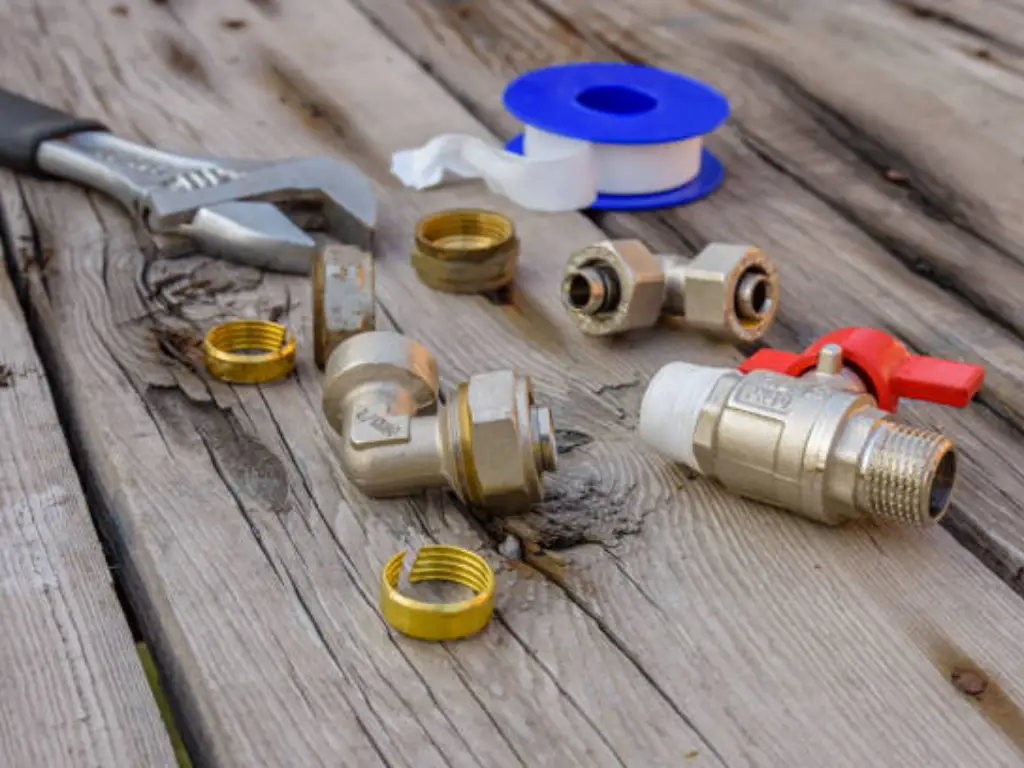
Before diving into how to replace a ball valve, it’s essential to gather the necessary tools and materials. Proper preparation can make the process smoother and more efficient, especially for a novice plumber.
You’ll need a few basic tools, including adjustable wrenches, Teflon tape, and a pipe cutter. Teflon tape is particularly useful for ensuring a tight seal and preventing leaks. Additionally, having a bucket or towel nearby to catch any excess water is a good idea.
Essential Tools and Materials for Replacing Residential Ball Valves
For a smooth process, there are a few must-have tools and materials to replace the residential ball valve.
- Firstly, assemble all required tools and materials. These may include adjustable wrench, pipe wrench, Teflon tape, pipe cutter or maybe soldering kit for copper pipes. Additionally, you must make sure that you have the replacement ball valve together with fittings if any.
- To avoid leakage of water close the main water supply. Open a faucet so as to relieve any remaining pressure in the pipes. Next is to detach the old valve using a pipe cutter. Be careful and cut it well to ensure appropriate fit for new one. Prior to soldering clean pipe ends and fittings and applying flux before torching them.
- At this point Teflon tape should be wound around threaded ends of pipes in order to create an air-tight seal. Fasten the new ball valve utilizing an adjustable wrench. Check again if everything is tight enough not leak out any solution from these connections.
- Lastly, when you have returned the water supply back on check whether there are some leaks or not.
Then your brand new ball valve will work properly.
Essential Tools and Materials for Replacing Industrial Ball Valves
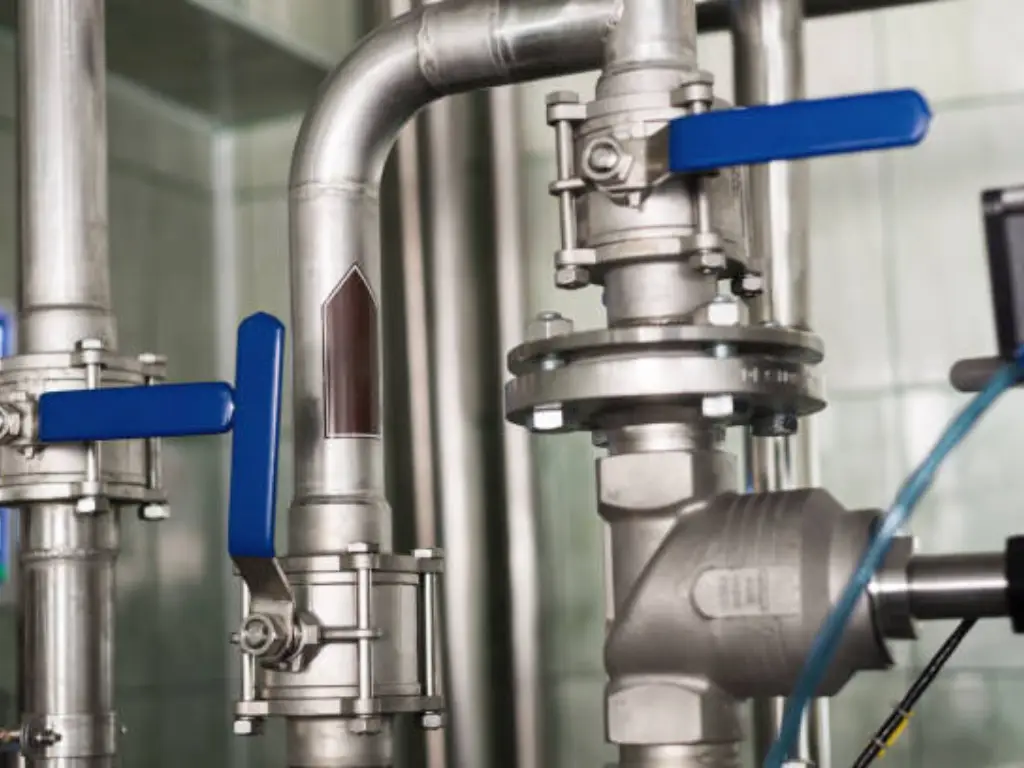
To safely and effectively replace an industrial ball valve, certain tools, supplies and preliminary procedures are necessary. Here is a guide on how this can be achieved.
Preparation Steps
It is important to depressurize and drain the system before starting the replacement. Wearing proper protective gear such as gloves and goggles is important while carrying out this activity. Ensure that you work in areas that are well illuminated without any obstruction. All the required tools and materials should be ready for use.
Tools and Materials Needed
| Item | Purpose |
| Wrenches | For loosening or tightening valve connections. |
| Pipe Cutter | Where necessary cut pipes using it. |
| Thread Sealant or Tape | Sealing of threads to stop leakages when connected together. |
| New Ball Valve | Serve as a substitute for the old or damaged valve. |
| Lubricant | It is helpful in easy installation of new valves. |
| Pipe Supports | Holdpipes while replacing valves. |
| Screwdrivers | Use them on some other screwsor fasteners that may not have been included in the kit |
| Cleaning Supplies | Clean pipe ends as well as joints or connection points |
| Gauges | Levels of pressure after fitting them correctly with these objects? |
| Safety Gear | Gloves, eye protection and appropriate clothing needed? |
Procedure
- Depressurize and Drain: Safely depressurize, then drain the system off liquids, if any?
- Remove Old Valve: Disassemble using wrenches’ hand tool amongst others available?
- Prepare Pipes: Clean pipe ends applying thread sealant or tape to their tips?
- Install New Valve: Use wrenches to fix new valves into position securely?
- Check Installation: Are there any loose connections between parts fitted together?
- Repressurize and Test: Make sure no leaking by slowly re-pressuring system using gauges?
Conclusion
It is very important to have the appropriate tools and materials before undertaking a ball valve replacement project, whether for industrial or residential purposes, as this can greatly enhance its efficiency and success. Preparing well not only makes it easier but also ensures that your plumbing system is long lasting and dependable. By considering everything well you can be assured of a successful and smooth valve replacement exercise.
Troubleshooting Common Issues During Ball Valve Replacement
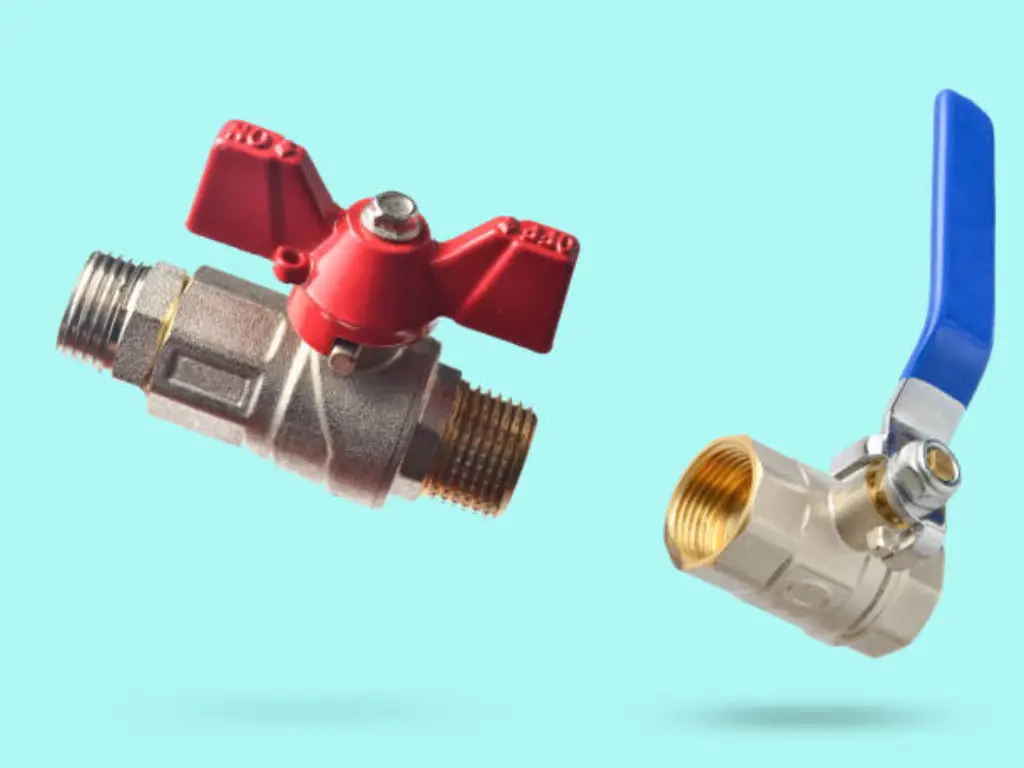
Once you have prepared thoroughly, the replacement of ball valves can still present problems. Troubleshooting is also helpful in saving time and frustration.
- Jammed or stuck old valve is a common problem. Use penetrating oil to get it off. Wait patiently until the oil has done its work before attempting another move.
- The new valve often leaks through improper sealing around it. By wrapping threads with Teflon tape before installation, water tightness will be achieved.
- If it seems that the new valve is not turning smoothly, there might be debris in the plumbing. Before installing them, flush out particles so that they may not interfere with operations while ensuring correct alignment of the valve with piping.
In such cases; however, seeking an expert’s advice from professional plumbers might provide some advanced insights and solutions.
Residential Ball Valves: Selection and Usage Tips
There are several factors to consider when choosing the right ball valve for residential use, including material, size, and ease of installation. Brass and PVC are commonly used in making residential ball valves, which are durable and resistant to corrosion.
Brass Ball Valves
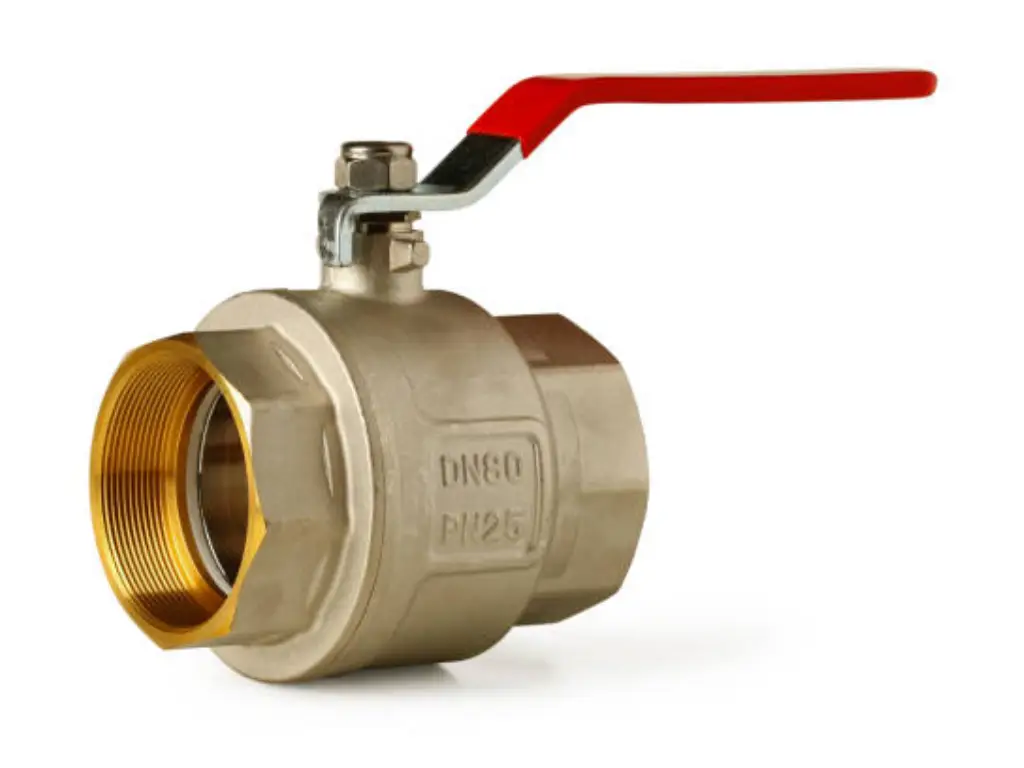
PVCBall Valves
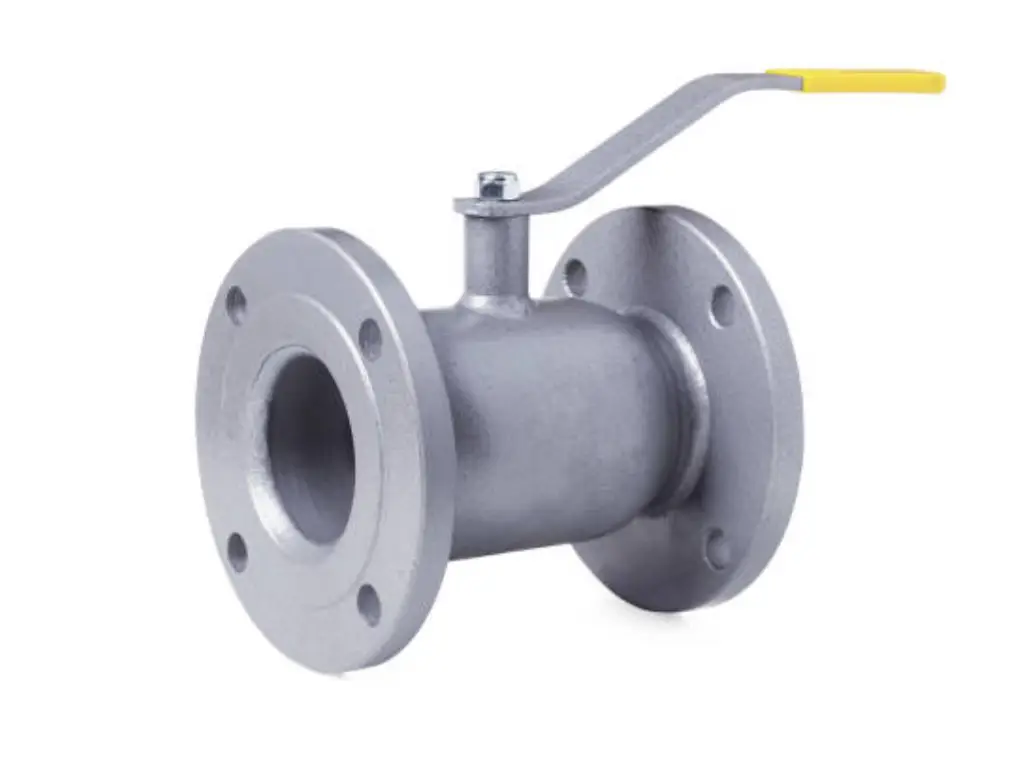
What makes brass ball valves so highly demanded is the strength and dependability they have. These brass ball valves can be used in many homes for plumbing purposes with varying temperature and pressure ranges. Plus the fact that PVC is light makes it great for some home applications because it doesn’t react with ordinary chemical substances.
Before buying a new ball valve for your home, it is important that you consider the specific requirements of your plumbing system. For example, a valve for the main water supply must be capable of withstanding high pressure while valves for hot water systems should resist high temperatures. Moreover, think about how easy it will be to install them, particularly if you have never done any pipe fitting before. These are threaded valves which are female in nature.
When picking out a valve, put first those that are simple to use and require little expertise to install. It is also vital that you perform regular maintenance; sometimes check taps for leaks or if they become hard turning on/off the tap. Early detection prevents further damage from occurring thus ensuring long life of the whole plumbing system.
Industrial Ball Valves: Features and Applications
Due to their versatile nature, reliable sealing and easy operation industrial ball valves are essential components in many industrial applications. Let’s take a look at some of the different types of Industrial Ball Valves.
Four Common Types of Industrial Ball Valves
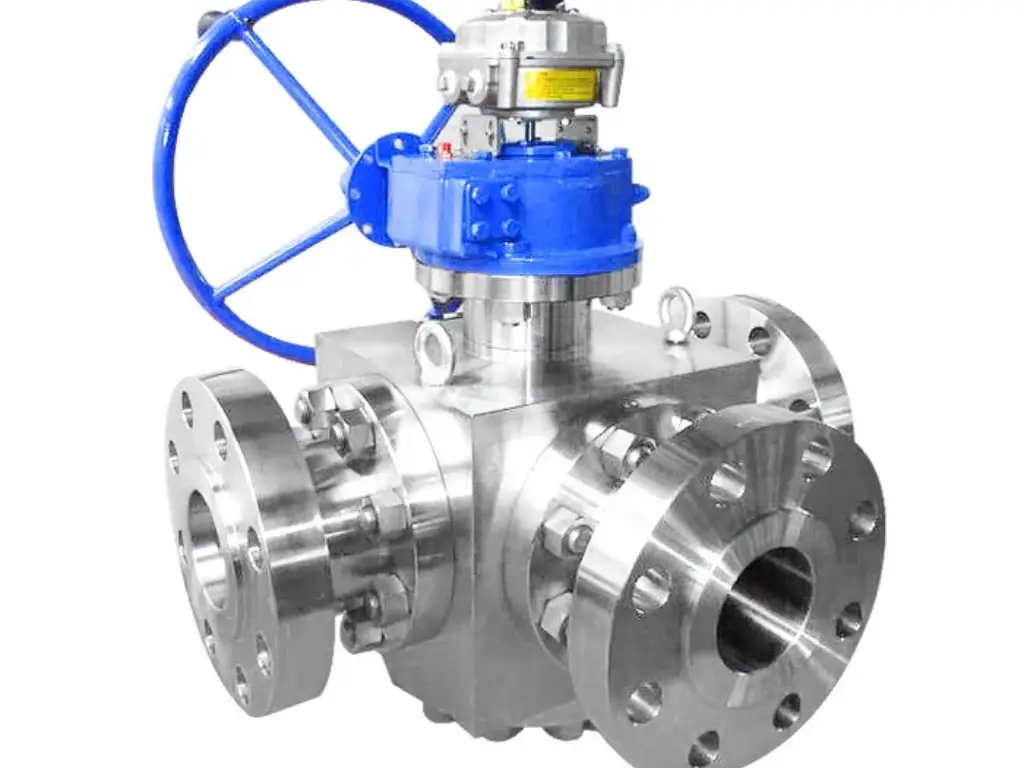
3 Way Ball Valves
These adaptable valves let flow be directed in different ways thus making them indispensable in systems where flow splitting or mixing is needed. They can be designed in either T or L patterns to fit various pipe layouts, for efficient and flexible flow control in complex systems. 3 way ball valves are often found in chemical processes, HVAC systems as well as water treatment plants which increase flexibility of operation and directly ease the arrangement of piping.
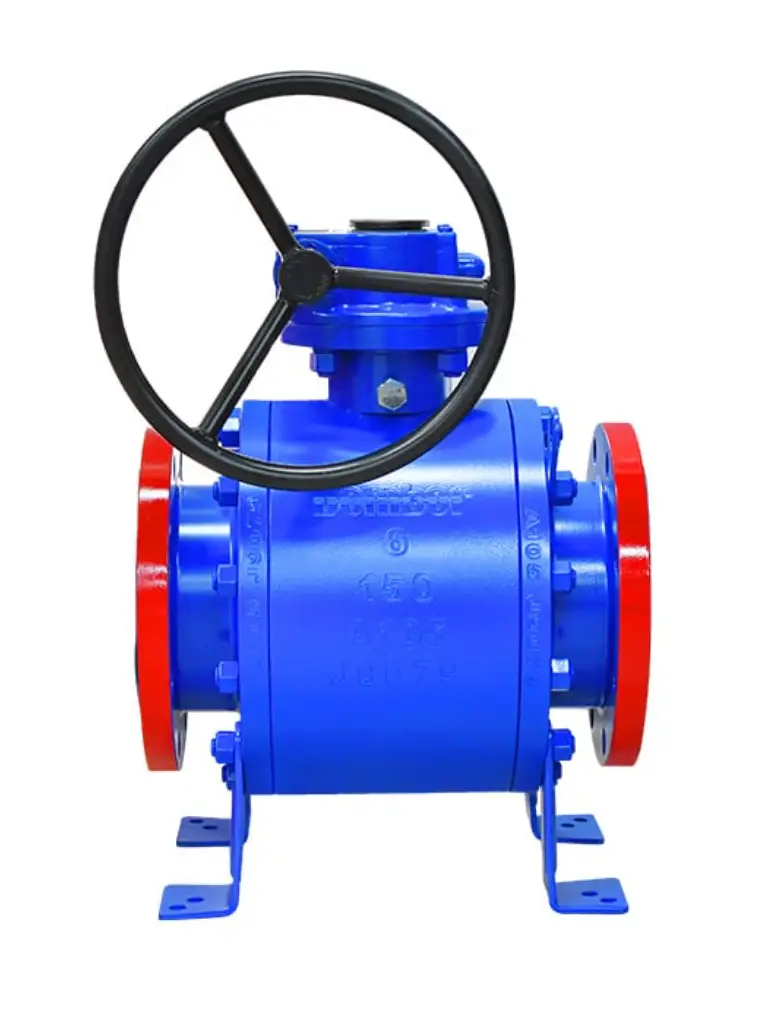
Floating Ball Valves
These consist of balls that are not affixed but float within the valve body having a tight seal provided by pressing against downstream seat under pressure. It is specifically suited for medium to low-pressure applications such as having dependable sealing elements and easy handling mechanisms. Floating ball valves are commonly used because they are straightforward and effective in water treatment, chemical processing, and general industrial processes.
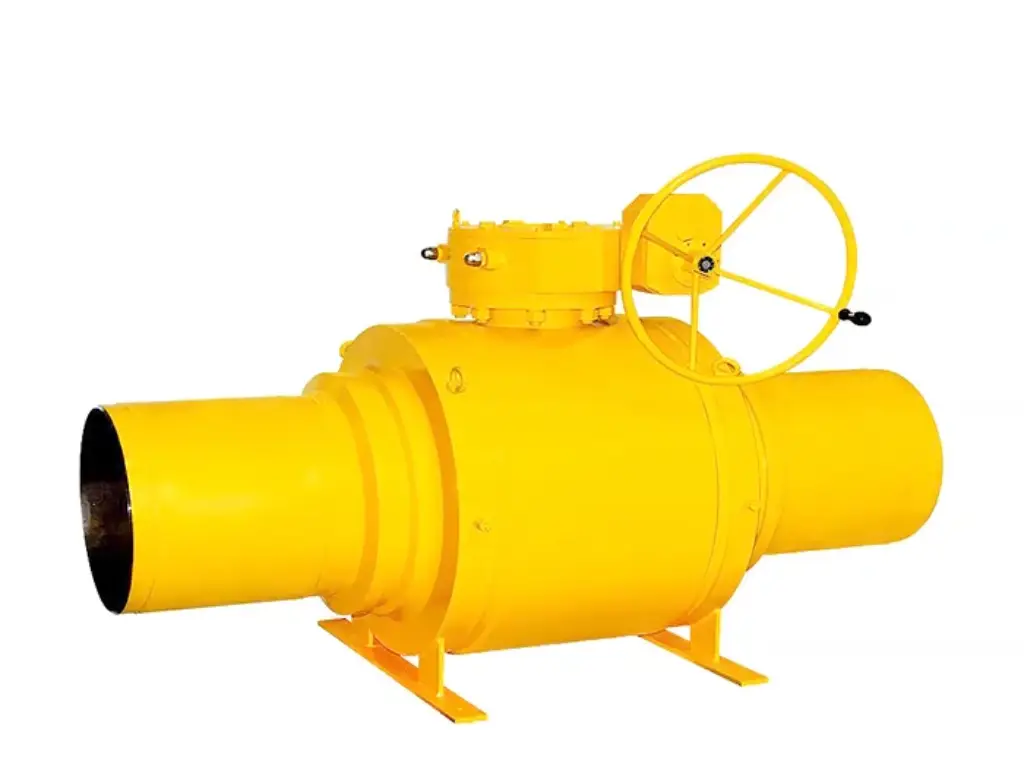
Fully Welded Ball Valves
These consist of balls that are not affixed but float within the valve body having a tight seal provided by pressing against downstream seat under pressure. It is specifically suited for medium to low-pressure applications such as having dependable sealing elements and easy handling mechanisms. Floating ball valves are commonly used because they are straightforward and effective in water treatment, chemical processing, and general industrial processes.
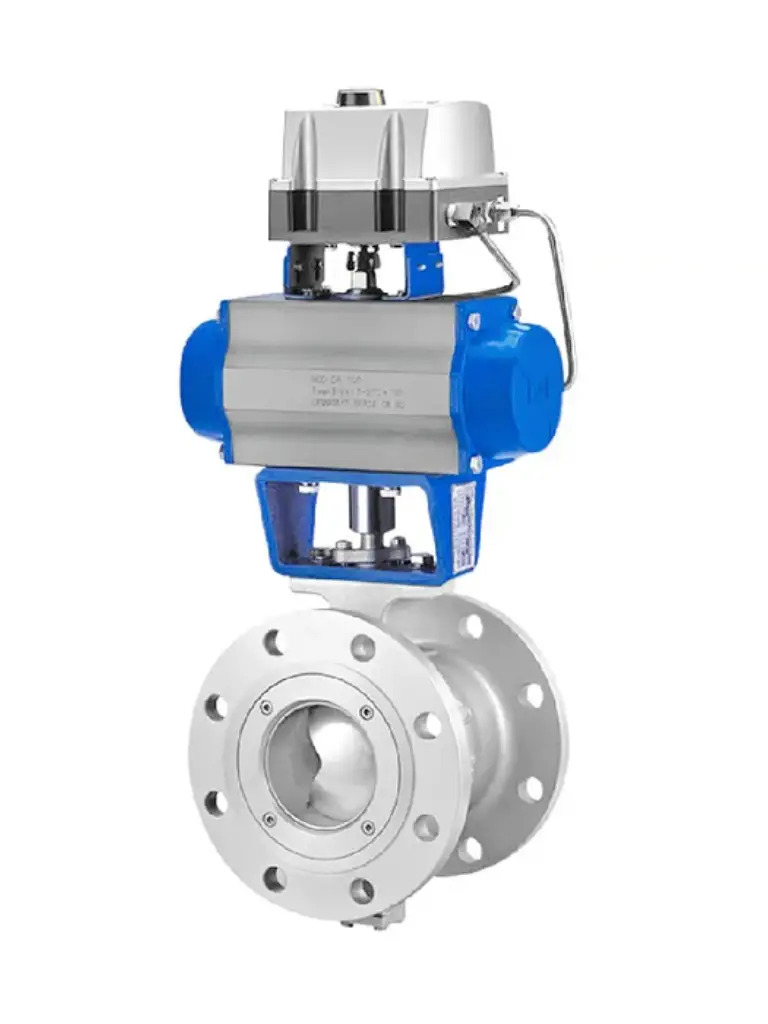
V Port Ball Valves
These valves feature a V-shaped notch on the ball, which ensures precise flow control and excellent throttling capabilities. The V Port design helps to achieve a more accurate and consistent flow rate, thus making them suitable for applications requiring strict control like those in process control systems, slurry handling, fluid regulation etc. Consequently, the V Port Ball Valves are important in industries where there should always be precise flow regulation to maintain proper process condition.
In conclusion, industrial ball valves come in various configurations, each offering unique advantages for specific applications. Selecting the appropriate valve type is essential for ensuring optimal performance, safety, and longevity in industrial systems.
The Materials Employed in the Construction of Industrial Ball Valves
Construction material is a pivotal aspect of industrial ball valves. Stainless steel and brass are usually used due to their durability and corrosion-resistant properties. These materials protect the valve from harsh industrial environments over time.
Specialized Features of Industrial Ball Valves
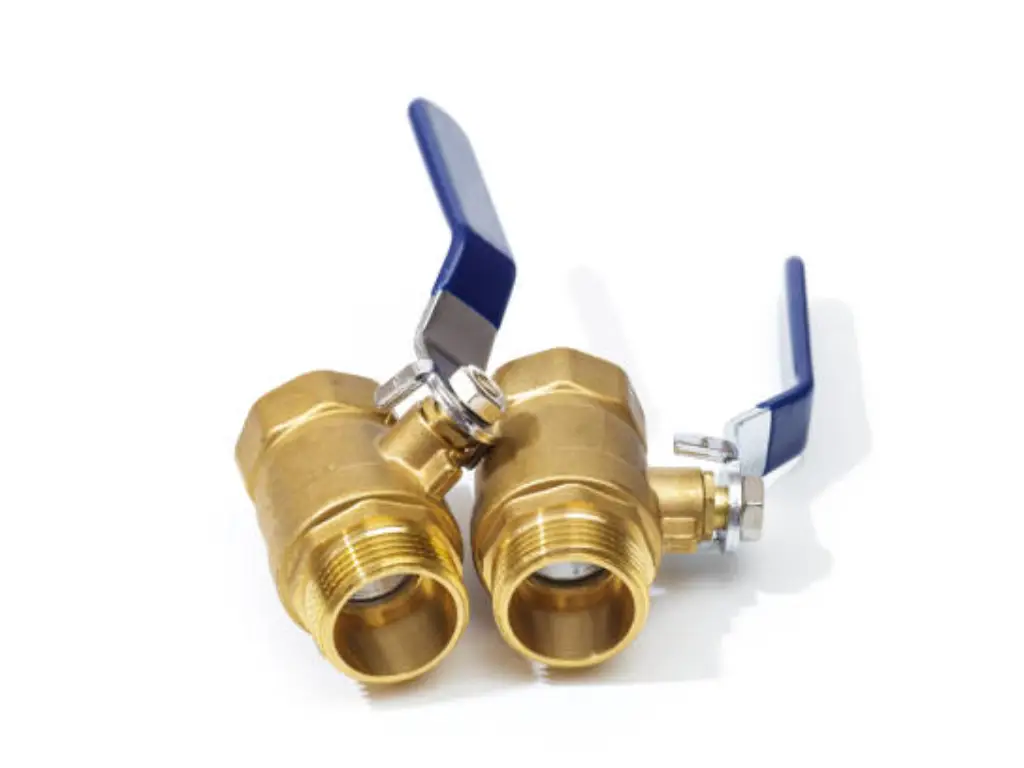
There are also other features of industries that make valves safe to use in the sector, like fire safe design, anti-static facility and high flow capacity among others. These are some examples.
- Fire safe design: They are able to work at high temperatures thus providing security in hazardous places.
- Anti-static feature: It is a risk reducing setup where static discharge can be avoided and enhanced safety measures are implemented.
- High capacity for fluidthroughput: This guarantees effective operation by permitting more flow volume.
Consequently, these characteristics are vital in ensuring that such valves work safely and efficiently across different industrial applications.
Applications of Industrial Ball Valves
There are many and various uses of industrial ball valves such as oil and gas, chemical processes, power generation etc, all of which involve fluid control systems with different liquids and gases so that they may be improved to work efficiently and safely.
Selection Criteria for Industrial Ball Valves
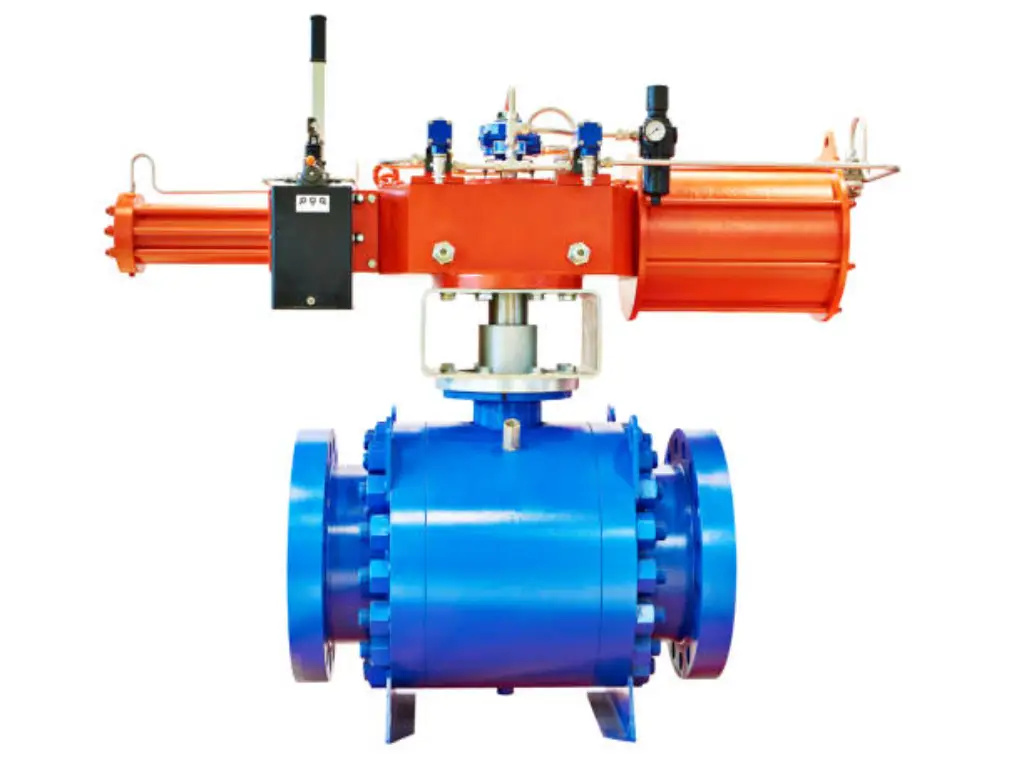
When selecting an industrial ball valve, think about factors such as what kind of fluid is it and its pressure and temperature. The main things one needs to look for includes materials used in making stainless steel or brass to resist corrosion and be long-lasting, fire-safe designs, anti-static devices, and high-flow capacity. In oil and gas industries, chemical processing plants and power generation sectors these valves are indispensable.
Replacing an Industrial Ball Valve: Key Steps and Precautions
Then, in order to replace an industrial ball valve, start by closing the system’s main flow and relieving any pressure inside the valve. Also make sure that the work area is secured against any kind of possible dangers. Thirdly, find and loosen bolts or screws holding the valve to the pipeline which normally needs an appropriate wrench or socket set. Furthermore, take off the valve slowly making sure that there are no remnants of liquid inside it. After that clean both ends of pipeline from rubbish or old sealant. Finally place new ball valves properly to fit in with pipeline connections and fasten them through tightening bolts or screws evenly around it. Lastly once more establish a gradual return of flow rates and check for leaks as well as verifying new valve being operational efficiently.
Factors Affecting the Cost of Industrial Ball Valves
The cost of buying a new industrial ball valve widely differs because of various factors. A standard 1-inch stainless steel ball valve may go for $50 to $150. Other valves like the 4-inch ones can be between $500 and $1,000. Custom or high pressure valves can exceed $2,000. Moreover, installation costs increase the prices by approximately $200 to $500 depending on complexity and labor rates. Furthermore, there are downtime charges that should be considered too. When downtime is costing thousands per hour in an industry this makes replacement time vital; therefore it must be minimized. Regular maintenance and timely replacements will help reduce unexpected failures and their attendant costs.
Professional Tips for Maintaining Your New Ball Valve
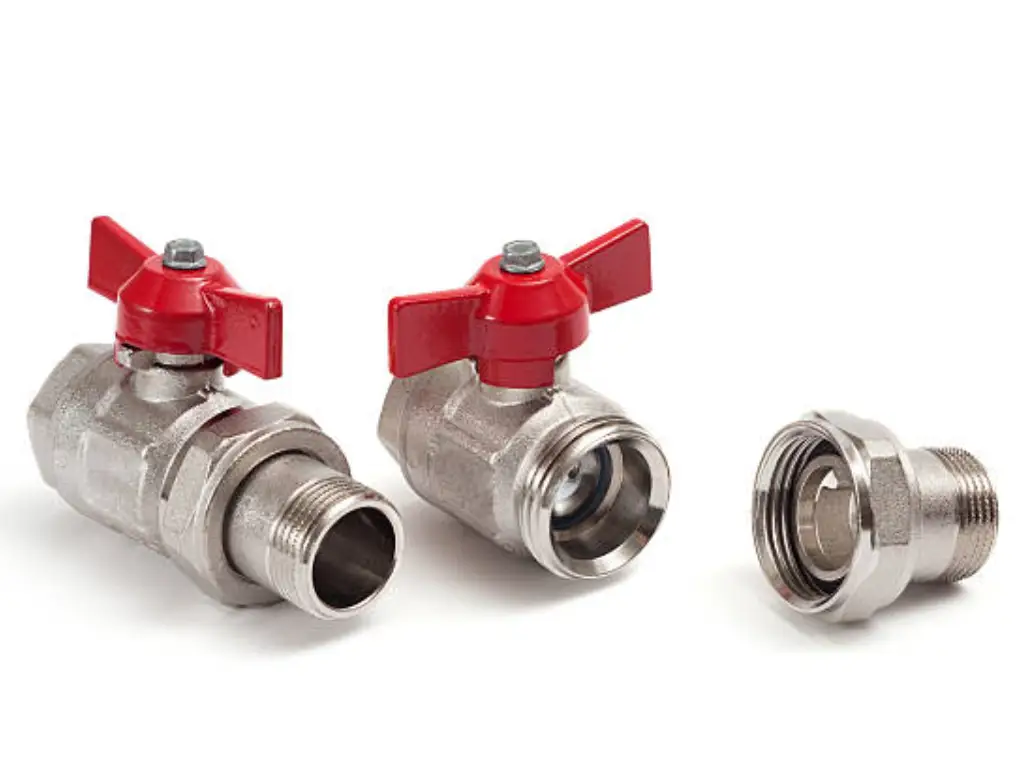
Good maintenance increases the lifespan of a new ball valve after replacement. Regular checks can identify leaks and corrosion at an early stage. To prevent debris from accumulating, clean the valve regularly and operating it frequently so that it does not become stiff as well as use lubricants in accordance with the instructions given by the manufacturer. Keep your valve away from situations of extreme conditions and harsh chemicals. When you adopt these measures, it will help to prolong the life span of your ball valve and also make sure that it serves its purpose well.
Furthermore, select high-grade materials capable of handling temperatures ranging from -196°C to 800°C meeting API 598 standards for sealing tests and inspection for wear should be carried out periodically. For top-notch results, try Dombor valves which have up to 70% higher surface finish than normal ones due to HVOF technology used exclusively by Dombor.Valves.The extensive range of certifications possessed by Dombor (API6D, API609, CE) along with their proven reliability in over a hundred countries has made them a popular choice for demanding applications all across the world.









